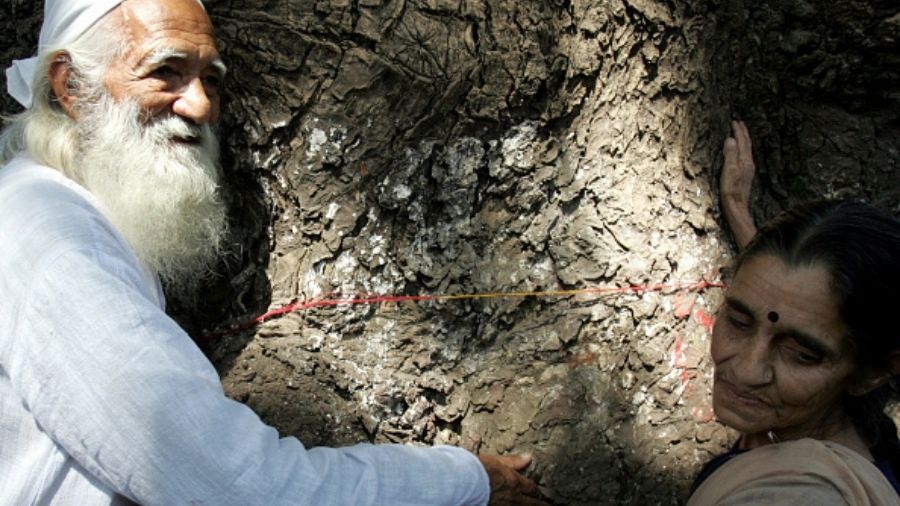Sunderlal Bahuguna — he fell to Covid-19 recently — may no longer be around. But death cannot erase his life and work. In 1974, he pioneered the Chipko movement, a non-violent agitation aimed at protecting trees, which led to a collective mobilization to preserve India’s thinning forests. Be it protecting the Himalayan forests or opposing the Tehri dam to resuscitate the Ganga, Bahuguna’s work stemmed from an important conviction that a stable ecology is complementary to a stable economy and society. It is important to reiterate this organic connection between ecology and economy at a time when the public discourse has been trained to view the two as conflicting entities. The fault, quite obviously, lies in a flawed understanding of development, a template that continues to perceive nature and its finite resources as fodder to fuel a predatory form of industrialization. There is a need for India to revisit Bahuguna’s Chipko movement for another reason — local communities, the government must acknowledge, are the best custodians of forests. Forest communities are, today, marginalized, dispossessed of rights and resources by a conservation — archaic — edifice that prioritizes bureaucratic control over participatory initiatives. Community conservation must be protected legally and encouraged as a matter of policy.
The best way to secure Bahuguna’s vision would be for India’s youth to embrace the challenge of protecting the endangered flora and fauna that remain. Their awareness about the scale of the environmental crisis would be predicated on two critical factors. As always, education would play an important role in the transition of young citizens into eco-warriors. Research has found that rising ‘climate literacy’ has brought children out on the streets. Therefore, uniform and universal amendments to the curriculum to sensitize young minds are of paramount importance. The other necessity is politics. Here too, Bahuguna’s spirit can light the path. Between 1981 and 1983, Bahuguna had led a march across the Himalayas that ended with a meeting with the then prime minister, Indira Gandhi, who passed legislation to protect some areas of the Himalayan forests from tree-felling. Throughout his life, Bahuguna showed that linking the well-being of the community and the environment would not be possible unless it is turned into political capital, the only language policymakers seem to understand. There is yet another valuable lesson in this for India’s conservation and climate fraternity.










